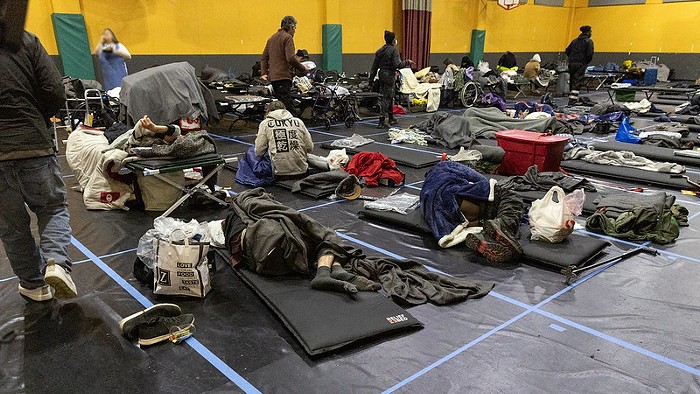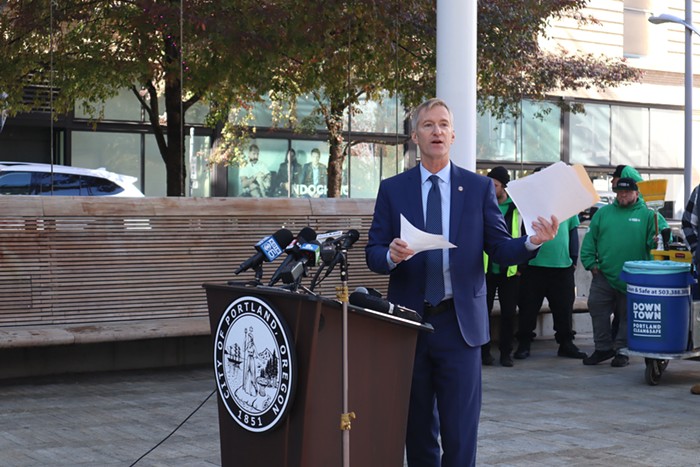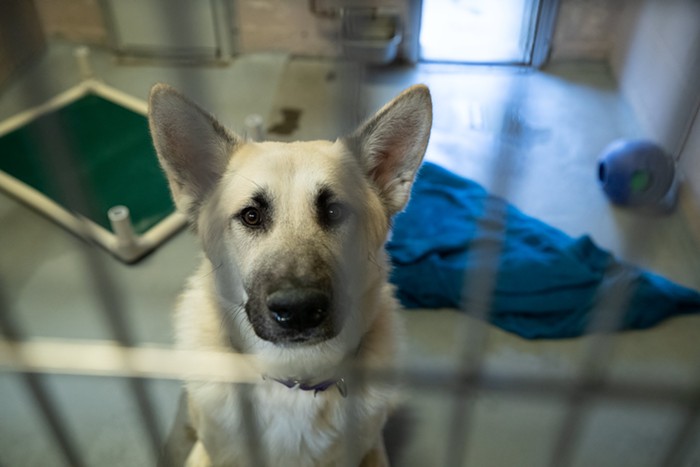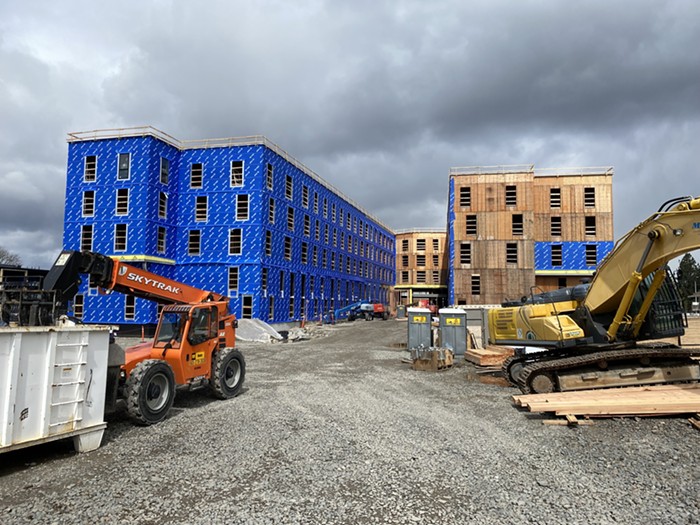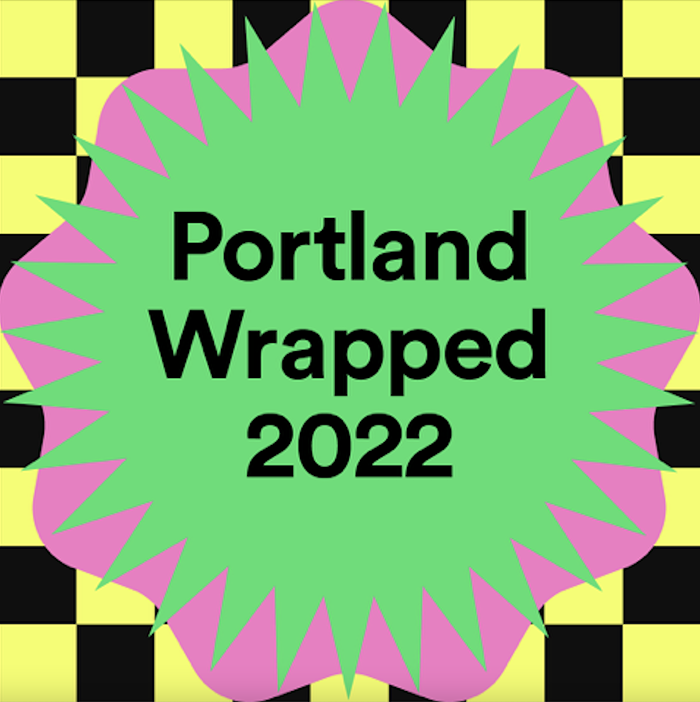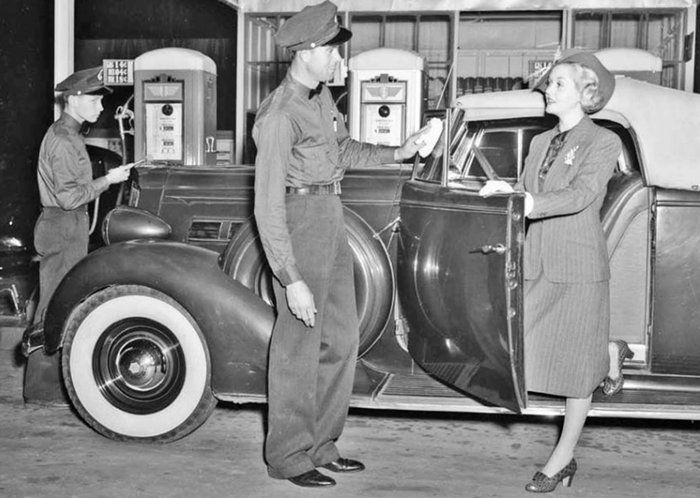Earlier in August, Adron Hall posed a question on his blog, Transit Sleuth, where he's been writing about transit issues for the past two years: "So I live on SE 21st and Powell now. I'm loving the area and the options that are available to me to get downtown," Hall wrote. "The one thing I find absolutely stupid is that there is no 21st Avenue bus service.... What is wrong with this picture?"
It's a picture that's about to get fuzzier. On September 1, bus riders will have to fork over another quarter, as the standard fare increases to two bucks.
But at a time when transit ridership is up by about 13 percent from last year—which means plenty of busses are standing room only, especially during rush hour—that fare increase won't go toward beefing up the bus system, despite the gaping holes in service and obvious opportunities for improvement.
Instead, most of the fare increase will help TriMet pay its gas bill (five cents of it is for general inflation, an increase TriMet tacks on every year). Thanks to rising fuel costs, TriMet went $4.1 million over budget on fuel last year. For the next fiscal year, the agency has budgeted almost twice as much money as last year for fuel: $28.5 million vs. $15.6 million.
At the same time fuel prices have skyrocketed, more people have been taking transit (presumably to leave the expensive-to-fill car at home).
TriMet's been boasting record ridership every month since April. In July—the latest month that stats are available—TriMet logged 9.2 million rides on the bus and MAX, the first time the agency has broken the nine million mark.
The bus just edges out MAX on ridership: In July, there were over 5.7 million bus trips, and 3.4 million MAX trips. Monthly bus ridership is up 13.3 percent over July 2007 (and up 13.2 percent on MAX). During the rush-hour commute, bus ridership is up 16.5 percent over July 2007 and MAX is up 13.8 percent.
But that doesn't mean TriMet is filling the coffers with new fare revenue. Fares only plug about 20 percent of TriMet's budget, with the bulk of revenues coming from an employer payroll tax.
"The challenge is that being based on the payroll tax, [TriMet's] revenue expands as [area] employment expands," not as ridership grows, explains transit advocate Chris Smith. TriMet doesn't get much cash from new riders. "From a big policy point of view, it's kind of broken. We're encouraging this change in travel behavior, but the revenue doesn't support the change."
And what money TriMet does have tends to go toward projects like building more high-capacity transit. (Or, as Smith explains, "It's somewhat easier for TriMet to find capital dollars than to find operating dollars.")
This year, resources are flowing toward the Westside Express Service commuter rail between Wilsonville and Beaverton. "Next year, it's the [MAX] Green Line opening," says Mary Fetsch, TriMet spokesperson. "And then after that we'll look at bus expansion. Things are kind of spoken for."
TriMet follows a five-year "Transit Investment Plan" (TIP) to spend its limited resources—"and given the softening of the economy, [the payroll tax] isn't growing as much as we'd like it to," Fetsch explains. TriMet's other revenue options are limited to things like the federal government's generosity.
Expanding "frequent service"—lines where busses are supposed to run every 15 minutes or better, and some run as often as every three to five minutes during peak hours—is one goal of the TIP. And that's a great goal: Frequent service is the best way to attract new riders to transit. If potential bus riders don't have to worry about looking up schedules, but simply know they can walk to the stop and a bus will be by shortly, they're more likely to take the leap.
Or, as TriMet's TIP says more dryly: "Adding frequency and amenities to existing routes is more effective in attracting riders than offering new, infrequent routes." By the numbers, only 16 of TriMet's 92 lines have frequent service, but they're used by 65 percent of riders.
While it's obvious what TriMet's doing towards the goal of "expanding high-capacity transit"—witness the construction downtown, on the Steel Bridge, and near I-205 for light rail improvements—the frequent-service bus improvements are less glamorous. In the next three years, TriMet plans to add frequent service on the #31 and #76 routes (and that's "to complement commuter rail, MAX Green Line investments"), and extend the frequent-service hours on four existing lines. While the lines aren't specified, routes such as the #4 on Division, the #15 on Belmont, and two suburban routes—one from Beaverton to Tualatin, and another from Milwaukee to Clackamas—are discussed in the TIP.
"I'm certainly in support of light rail, I'm glad they're doing it," adds Smith. "But I wonder if we aren't shortchanging more frequent services and replacement busses."
However, what's not on the TriMet agenda is adding routes in spots like 21st Avenue on the eastside of Portland, or a route on a street between 50th and 82nd, another north-south dead zone on the TriMet map—routes that could help even more people jump on the bus each day.
As Hall wrote on his blog, "There are tons of people driving, biking, and walking north and south on 21st. It is an ideal inner city north-south avenue and there is no service at all."
A transit-observing hobbyist, he sees lots of other areas ripe for better service: "The #20 [along Burnside] is packed during rush hour, and it's not even a frequent [service] bus. It baffles me as to why it's not. I've sat on Burnside watching the #20 go by every 18 or 20 minutes, completely packed, and they go by the stop," because the bus is too full to pick up more passengers. Hall personally rides the #35 to Lake Oswego for part of his commute.
"Almost the entire day, there are only one or two busses that won't have every seat filled. Most of the time every seat is filled and they'll have one or two people standing up. Right now that bus runs every 30 minutes, and it's a real pain if you're trying to do stuff."
While we're at it: Why do we have to wait for light rail over a new I-5 bridge to have a seamless connection with Vancouver? Couldn't TriMet partner with C-TRAN to knit the two cities together? And would someone explain to me why transit cuts out altogether at 1:30 am, just shy of bar closing time?
By Hall's calculations for 21st, with all of the current pedestrians and cyclists—not to mention people taking the bus downtown so they can loop back to their final destination—"at least two percent of those people would be able to fill up a bus every 30 minutes," he says. "I would love to know what I would have to do to give TriMet a little kick in the butt to put a bus on there."
To that end, there's a fledgling transit riders' union planning its first meeting for early September. The nascent union's first agenda item, however, is going after a fareless system; if they're interested in boosting service (which you could make the case is better for riders in the long run) they haven't been speaking up about it.
In the interim, Fetsch points out that TriMet is doing things "to make the rider experience better," like working out a better system for assigning bike lockers, automatic stop announcements, and better automated maps. "For now, we're doing little things around the edges."


